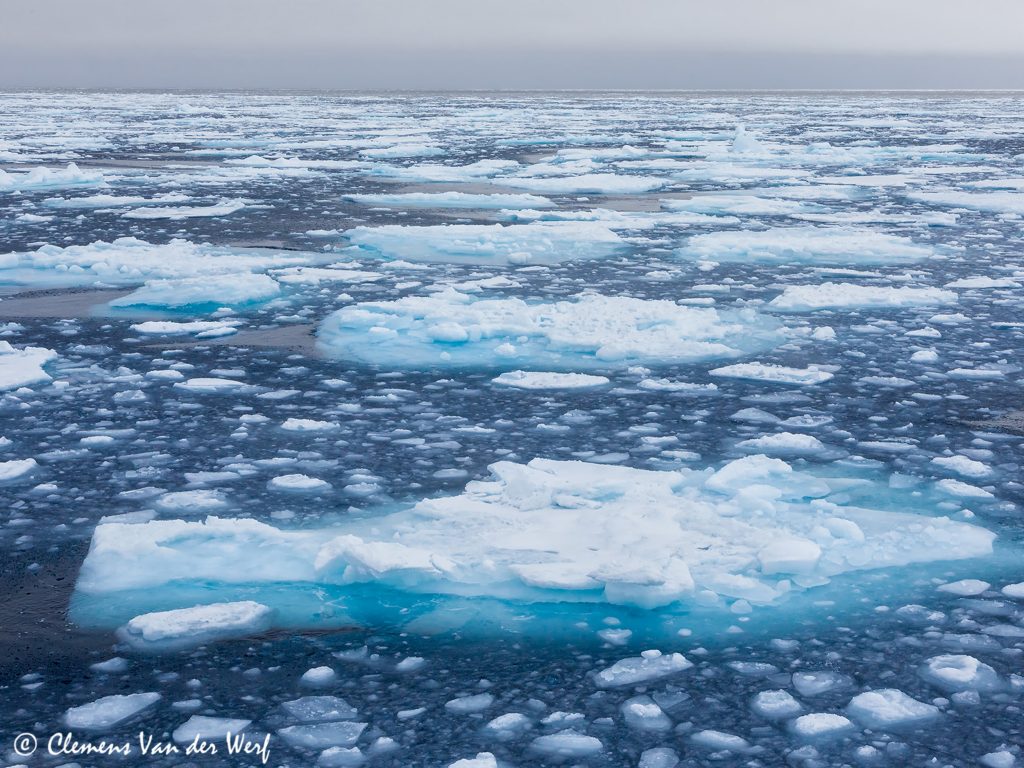Why Melting Ice and Rising Seas may go exponential
A month ago in a blog post, I posed a challenge question of how long would it take to fill a soccer stadium with water, starting with a single drop and doubling every minute. The answer–47 minutes–is quite incredible. It’s essentially due to the power of exponential growth. Such accelerating growth is sometimes viewed as the “doubling time.”
With the current rate of sea level rise doubling approximately every ten years, I gave the example that a quarter inch per year of rise, with continued exponential growth, would become six inches a year, or five feet per decade, in as little as fifty years time. I made clear that I am not saying it will follow that trajectory. To some degree that depends on how warm the planet gets and exactly what happens with the glaciers collapsing in Antarctica. (For more on Antarctica, see my post “Bad News From Thwaites” also from February.) I left the explanation for why the melting ice and rising sea is on a path of exponential growth for another post, which is what I will cover now. (Fear not, the math and physics are really quite simple.)
To start, TEMPERATURE is the measurement of how hot something is, but does not describe the amount of heat. For example, it would take a lot more heat energy to warm a swimming pool one degree than to warm a cup of water that same one degree.
Whereas temperature is measured in degrees, heat energy is most often measured in Calories* (actually kilo calories) as commonly used regarding diets, food intake, exercise. By definition, 1 Calorie, will warm a kilogram of water (2.2 pounds) one degree Celsius. Here is the “Wow.”
It takes 80 Calories of heat to melt the same quantity of ice. It takes eighty times the heat energy to melt ice than it does to warm the water one degree. (It takes a LOT of heat energy to break those structural bonds of ice crystals, compared to just speeding up the movement of water molecules.) An example that you can actually do, or just visualize, will make this phenomenon clear.

So, what does this mean for the melting of the ice sheets and glaciers and rising sea level?
The rapidly melting Arctic and Antarctica are absorbing a tremendous amount of heat energy just by the process of melting the ice. As the ice disappears more and more rapidly – which it is doing – the excessive heat energy now trapped in our atmosphere and oceans, has a greater and greater effect to warm the planet, because there is less ice to absorb the heat energy. As the ice volume is reduced, the heat energy goes into warming the oceans, which melts more ice, which warms the oceans dramatically faster. This is one of the “feedback loops” you hear about.
In the simplest terms, that is why the continued warming caused by ever-increasing greenhouse gases (carbon dioxide, etc.) is accelerating the melting of ice, following an exponential path.
Global average sea level is rising from two effects: 1) the melting ice on land, and 2) the effect that warmer oceans expand slightly (“thermal expansion of seawater”). As long as we keep applying more external heat to the system, the rates will accelerate, in some exponential manner.
How much heat are we adding to the oceans and to the planet overall? Calculations show that the increasing level of greenhouse gases, primarily carbon dioxide, are now adding the equivalent of at least four atomic bombs of heat energy per second, 24 hours a day, 7 days a week to atmospheric heat. More than 90% of that excess heat is stored in the ocean. (Reference)
The smart thing to do would be to slow the warming ASAP, and to begin adapting to the significantly higher sea level while there is still time to adapt.
* Engineers and scientists may use other heat units, such as BTU’s, joules, or single-calorie units, but the units do not change the concept described. I use the most common, kilo calories, or Calorie with a capital letter.

